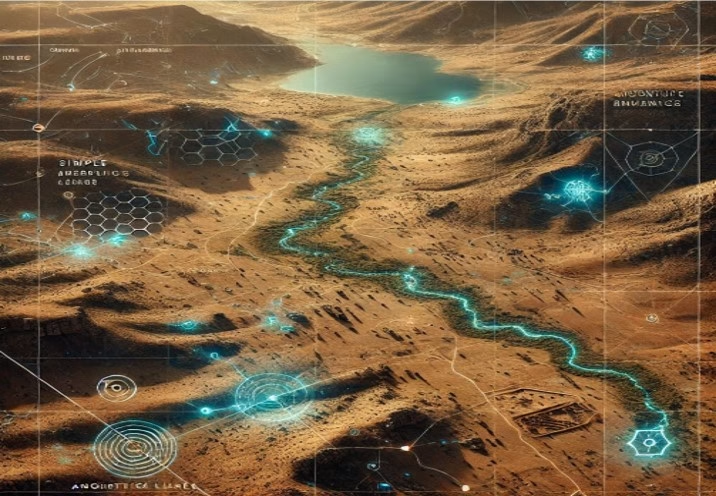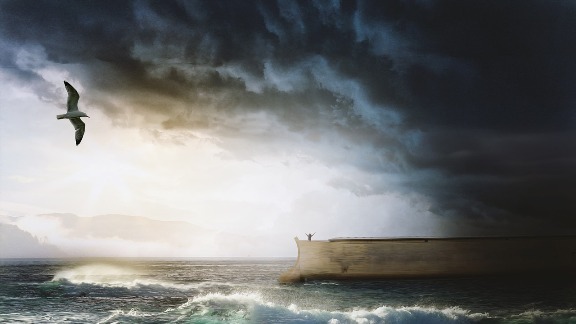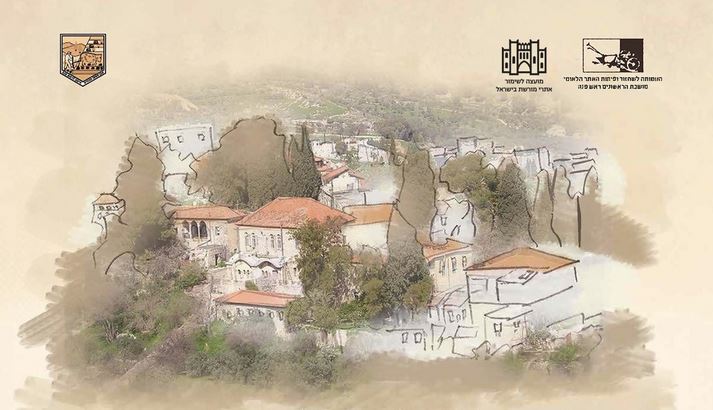Lecture: Process of the Formation of Sacred Spaces
How is a sacred site created? What technical factors and what cultural symbols influence the sanctification of the site? What do researchers in various disciplines generally ask about sacred places? The lecture (in Hebrew) describes a model for the formation of sacred spaces, through the case study of the site Kursi, and concludes with a discussion of different scientific research approaches to this field and the problematic nature of the currently accepted scientific approach.










